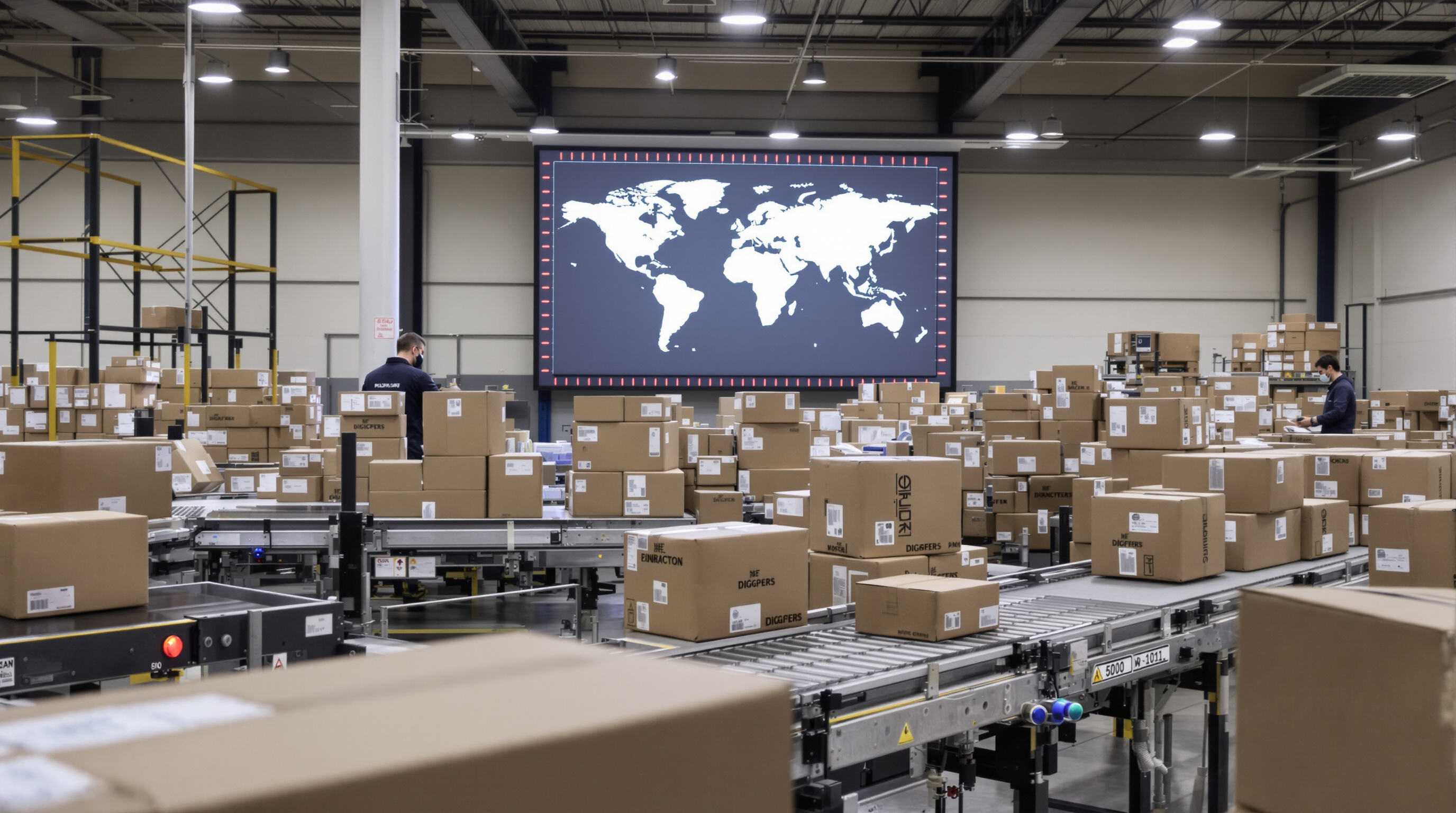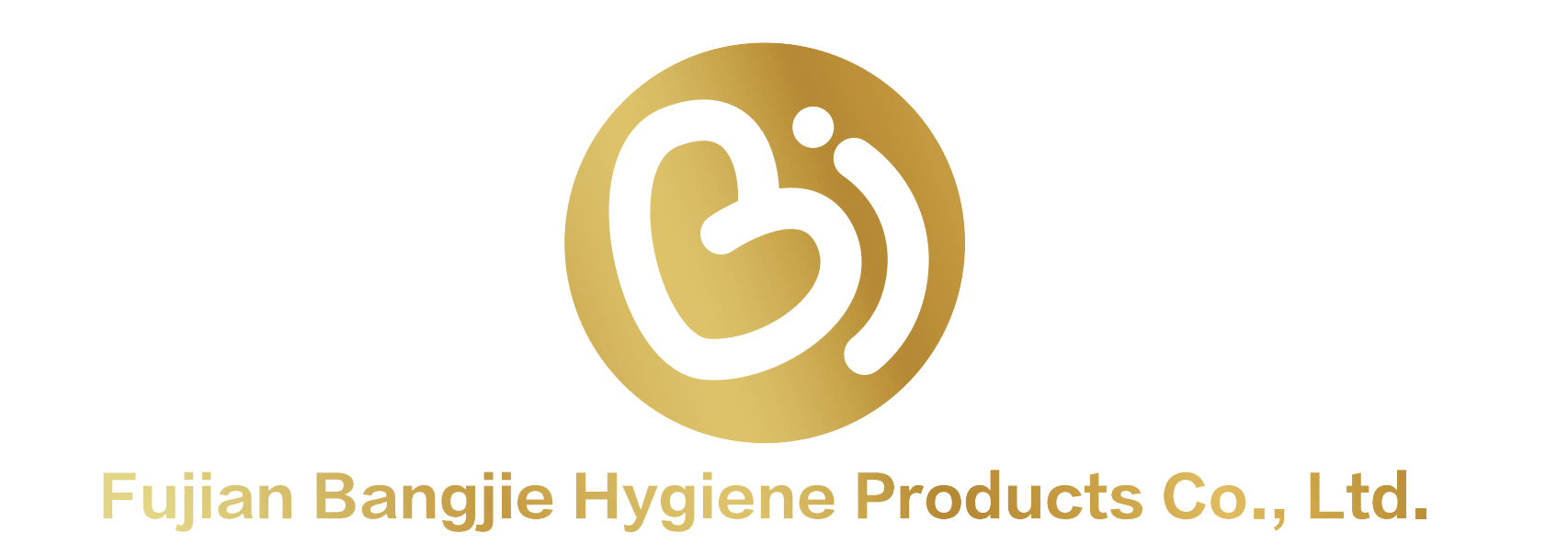Disposable Baby Diaper Bundles for Subscription Box Exporters
The Global Rise of Disposable Baby Diaper Subscriptions
How Subscription-Based Delivery Is Transforming Baby Care Markets
The disposable baby diaper sector has shifted from transactional purchases to recurring care solutions, with subscription models now representing 29% of global online sales (Market.us 2024). This transformation addresses three critical parental pain points:
- 54% reduction in emergency diaper purchases
- 33% lower monthly costs through bulk pricing
- 68% fewer retail stockouts compared to traditional channels
Most people who sign up for subscription services live in big cities according to recent data, and that makes sense when we think about how busy city life can be. People just don't have time to keep track of everything, so they want things delivered automatically. Parents especially care about what goes on their babies' skin. Research indicates that diapers made with breathable materials cut down on diaper rash problems by around 35%, which matters a lot to anyone watching out for little ones. These days, top brands are mixing really good absorbent stuff with clever leak protection designs. They're hitting those safety standards too, like the ASTM F2902-22 requirements, but most folks probably don't even know that exists.
Subscription services align with urban parents' preference for doorstep delivery—76% cite time savings as their primary motive, per 2023 Pediatrics Today research. However, rural adoption lags by 19 percentage points due to delivery infrastructure gaps, prompting providers to partner with regional logistics networks.
Growth Trends in the Disposable Diapers Market Share (2020–2025)
The global disposable diaper market is projected to grow at 6.4% CAGR through 2025, with subscription bundles accounting for $18.7 billion of total revenue. Regional breakdown reveals surprising leaders:
| Market | Subscription Adoption Rate | Key Driver |
|---|---|---|
| North America | 41% | Dual-income households |
| Southeast Asia | 28% | E-commerce infrastructure |
| Western Europe | 37% | Sustainability-focused bundles |
Exporters should note Japan's "diaper cliff"—a 19% annual demand drop as birth rates decline—versus India's 14% growth trajectory.
Longer-term market dynamics are reflected in regional share shifts:
| Region | 2020 Market Share | 2025 Projection | CAGR |
|---|---|---|---|
| North America | 38% | 42% | 4.1% |
| Asia-Pacific | 29% | 36% | 6.7% |
| Europe | 25% | 22% | 2.9% |
Accelerated Asia-Pacific growth stems from rising middle-class populations and e-commerce penetration, while European markets face saturation. Premium eco-friendly diaper lines command 28% price premiums over economy brands, though independent lab tests show only a 12% performance gap in durability.
Consumer Data: 68% of U.S. Parents Prefer Diaper Subscription Models
A 2023 survey of 2,500 American caregivers found 68% prefer subscriptions over store purchases. The top reasons include automated delivery (87%), price predictability (79%), and eco-friendly packaging options (63%). Additionally, 72% would pay a 12–15% premium for size-adjusting bundles that grow with infants.
Millennial parents value auto-replenishment, with 63% willing to pay extra for size-adjustment algorithms. However, 41% cancel within six months due to inflexible delivery schedules—a pain point driving innovation in AI-powered usage tracking. Cross-brand analysis shows bundles including wipes and rash creams improve retention by 22% compared to standalone diaper subscriptions.
Psychographic segmentation reveals Gen Z parents prioritize sustainable packaging 23% more than older cohorts, aligning with brands' increasing use of plant-based polymers and carbon-neutral shipping options. This focus on sustainability storytelling resonates with 57% of consumers under age 35.
Key Drivers of Consumer Demand for Diaper Subscription Boxes

Convenience, Hygiene, and Time-Saving as Core Consumer Preferences
Subscription demand is anchored in three non-negotiable benefits: automated replenishment that prevents last-minute shortages, bulk cost savings averaging 22% versus retail, and clinically tested materials that reduce diaper rash by 34%. These factors align with findings from 2024 Parent Behavior Studies, which show 79% of caregivers prioritize "set-and-forget" household management systems.
Urban vs. Rural Adoption Patterns in Major Markets
Subscription penetration varies sharply by geography:
| Market Type | Adoption Rate | Primary Driver |
|---|---|---|
| Urban | 61% | Next-day delivery guarantees |
| Rural | 19% | Bulk order discounts |
Urban centers benefit from dense delivery networks, while rural areas require strategic inventory planning. In response, manufacturers now stock 43% more inventory in regional warehouses than in 2020 to improve access.
Targeting Millennial and Gen Z Parents Through Psychographic Insights
Brands winning younger demographics emphasize sustainability storytelling, mobile-first customization for real-time bundle adjustments, and community-building features like parent-exclusive social platforms. Emerging market data shows these strategies increase customer lifetime value by 28% compared to traditional loyalty programs.
Expanding Global Reach Through E-Commerce and Cross-Border Distribution

Leveraging E-Commerce Platforms for International Diaper Bundle Exports
Big cross border e commerce sites have helped subscription based businesses connect with around 80-85% of parents living in developing countries. What makes these online stores so effective is that they cut out all those old fashioned shipping problems. They handle things like setting prices for different regions, take care of customs paperwork automatically, and even predict what people might want next using smart algorithms. According to research published last year, businesses on these platforms typically see their delivery speeds drop by about a third. At the same time, customers tend to stick around longer too, with retention rates going up nearly 20%. This happens because shoppers get access to customized product bundles that match exactly what they need for their families.
Regional Demand Analysis: USA, China, India, and UK Logistics and Preferences
- U.S. Parents: Expect 2-day delivery windows and climate-controlled shipping for premium disposable baby diapers
- Chinese Markets: Prioritize bulk purchasing (100+ diaper bundles) with integrated WeChat payment systems
- Indian Consumers: Show 142% higher conversion rates for SMS-orderable trial packs vs. desktop purchases
- UK Buyers: Demand biodegradable packaging, driving 67% of exporters to adopt plant-based polymer wraps
Case Study: Scaling a U.S.-Based Diaper Subscription Model Into Southeast Asia
A small business from San Francisco saw their sales triple last year after they tweaked their disposable baby diaper bundles to work better in hot, humid environments. They did several smart things to make this happen. First off, they teamed up with a logistics company in Indonesia that could keep their warehouse at just the right temperature despite the sweltering heat. Then they completely redesigned their sizing guide because babies in Southeast Asia tend to be smaller than those in Western countries according to local health data. And finally, they started selling tiny travel packs of diapers right inside 7-Eleven stores across Vietnam where busy parents often stop for snacks or drinks. All these local adjustments cut down how much money they spent getting new customers by almost half, and most people who tried the product kept coming back month after month too.
FAQ
What are the benefits of a diaper subscription service?
A diaper subscription service offers several benefits including convenience of automated delivery, cost savings through bulk pricing, reduced risk of retail stockouts, and access to eco-friendly products.
Why are urban parents more inclined towards diaper subscription services?
Urban parents prefer subscription services mainly due to time savings as they can have products delivered directly to their doorsteps, allowing them to manage their schedules more efficiently amidst busy city life.
What makes markets like Southeast Asia and North America leaders in diaper subscription adoption?
Southeast Asia benefits from strong e-commerce infrastructure, while dual-income households in North America drive demand for convenience, making these regions leaders in subscription adoption.
How does sustainability impact consumer choice in diaper subscription services?
Consumers, particularly younger demographics like Millennials and Gen Z, increasingly focus on sustainability, preferring brands that offer sustainable packaging and carbon-neutral shipping options, influencing their product choice.


